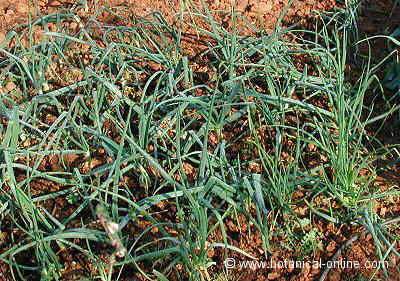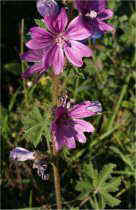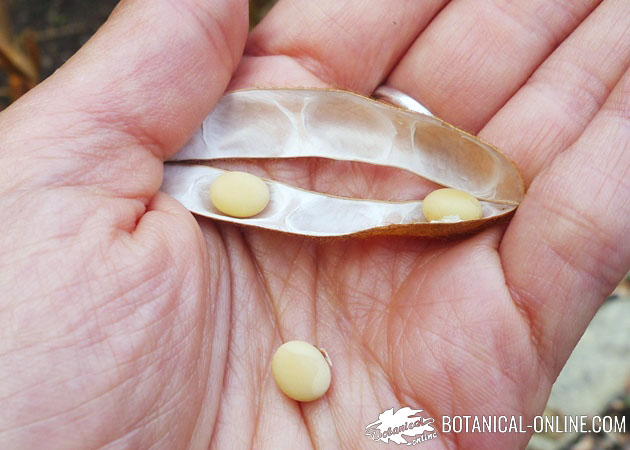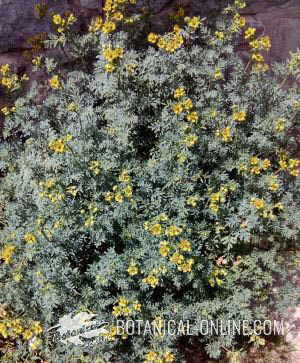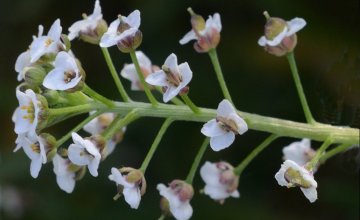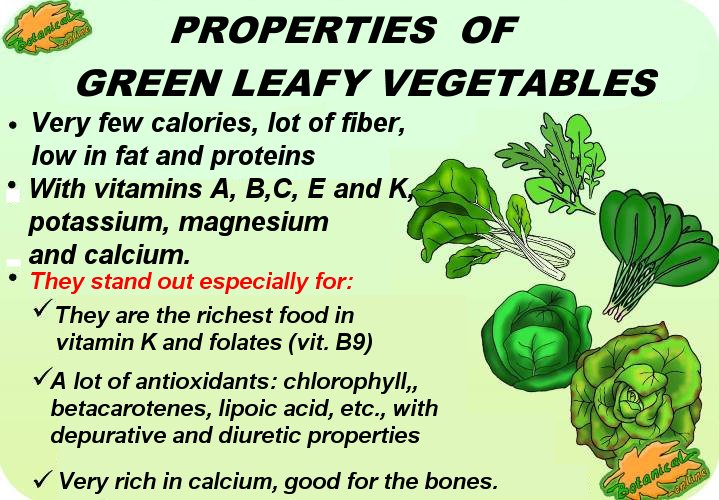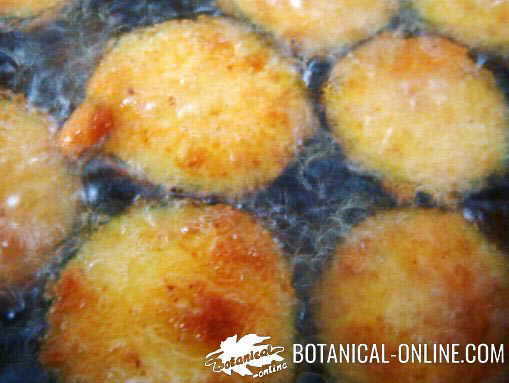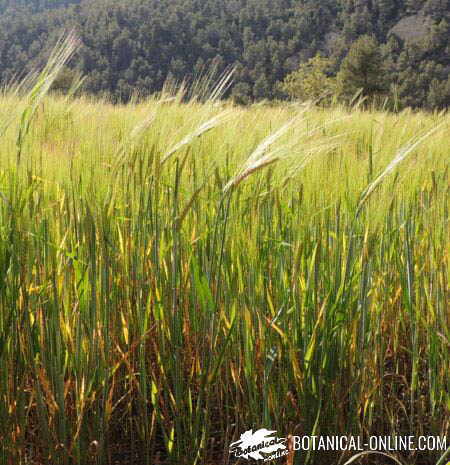Contents
What is butcher’s broom?
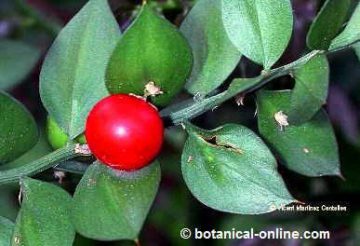
Charateristics of butcher’s broom (Ruscus aculeatus)
Common noun: Butcher’s broom, Knee Holly
– Spanish / Español: Rusco, brusco, acebo menor, acebillo
Scientific noun: Ruscus aculeatus L.
Family: Ruscaceae
Habitat: where to find butcher’s broom?
In woods and dry places from the sea up to 1000 m. In the Mediterranean coast, it is very common to find it under the shade of the evergreen oaks (Quercus ilex)
This plant has been widely planted in gardens.
Description of Butcher’s broom
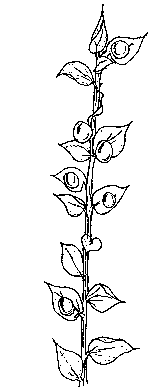
It’s a perennial shrub from 25 to 100 cm tall,which can be seen in its male or female form as two separated plants.
Both of them have smooth, round, dark-green stems.We can hardly see its leaves and what might be taken as leaves are,in fact, the cladodes, some modified stems, ovate-lanceolate, ending with a sharp little spine.
Flowers are greenish and little conspicuous. Female flowers are provided with six lobes, being the inner three smaller than the outer ones. Male flowers have joined the three stamens.
The most outstanding, appealing part of the plant is the fruit; a round red berry, from 10 to 123 cm in diameter.When completely grown, it looks like a little ball stuck in the middle of the “false leaf”.
Picking and storing: The fruits must be collected in Autumn when completely matured. The fruits and the stems,specially those tender ones, must be collected in Spring.
Components of butcher’s broom
- Streolic saponins: Ruscogenin and neoruscogenin with antiphlogistic, anti-inflammatory, vasoconstrictive action, against capillary fragility.
- Flavonoids: Hesperidin, rutin
- Tannins
- Glycolic acid (hepatotonic, diuretic) (rhizome)
- Fiber: mucilage (rhizome)
- Minerals: Potassium, magnesium, calcium, phosphorus, cobalt, selenium, sodium, manganese, chromium (rhizome)
- Beta-carotenes, vitamin C, niacin, riboflavin, thiamin (rhizome)
- Protein (rhizome)
Uses of butcher’s broom
This species is protected at the European level, so its uses are entirely intended to cultivated specimens.
This wild plant is used as:
- As a decorative plant: Its branches with red fruits on their phylloclades are used as Christmas decorations.
- As an ornamental plant: The dried branches of butcher’s broom are used to make floral arrangements.
- For its edible shoots: In some areas of Europe, the tender shoots of this plant were taken as food, as is the case with asparagus.
- As a coffee substitute: The roasted seeds of this shrub have been used as a coffee substitute.
- In cosmetics: The dried rhizome extract of this plant is used as a coffee conditioner.
- To make brooms: In the past, brooms were made from branches to clean chimneys.
- As a medicinal plant
![]() More information on medicinal plants
More information on medicinal plants

